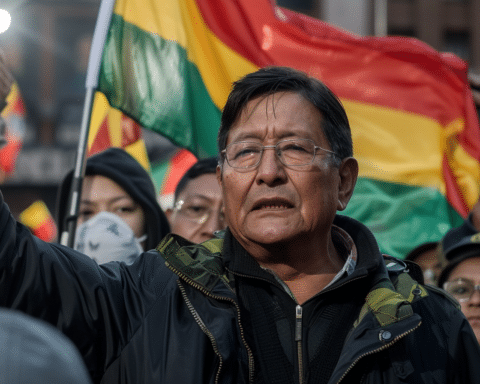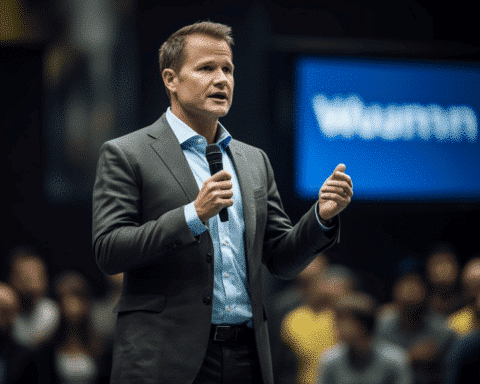The enchanting melodies of Tchaikovsky’s “The Nutcracker” resonate from the orchestra pits beneath stages worldwide, contributing an essential, though often unseen, element to this cherished holiday ballet. In Phoenix, beneath the flutter of satin and glue, a group of dedicated musicians brings life to this timeless tale, highlighting a tradition integral to Ballet Arizona and countless other productions.
For Ballet Arizona, the orchestra pit, filled with talented musicians, is as vital to “The Nutcracker” as the dancers pirouetting above. This tradition has endured various global challenges, from economic crises to the recent pandemic, which silenced live performances. Despite these hurdles, the consensus among fans, musicians, and union leaders is unanimous: live music adds a unique, irreplaceable essence to each performance.
In notable instances like New York’s quintessential “Nutcracker” production, the show commenced mere minutes after musicians finalized their contracts. Meanwhile, audiences are offered live and recorded music options in Los Angeles. Demitra Bereveskos of Ballet Arizona, who first experienced “The Nutcracker” with live music five years ago, recalls the profound impact of hearing the live harp, describing it as an uplifting force for her performance.
The synergy between the musicians and dancers is palpable. Dian D’Avanzo, a violinist with the Phoenix Symphony, reflects on her over 30-year experience playing for Ballet Arizona, noting the magical moment when snow falls onstage, signalling the arrival of Christmas. Gabe Kovach, the principal horn, emphasizes the critical timing between the orchestra and the dancers, where even a slight misstep can significantly alter the performance.
Sara Cutler, former principal harpist for the New York City Ballet, shares insights from her long career, highlighting the challenges and joys of performing “The Nutcracker” over 2,000 times. The negotiation of musicians’ contracts, as discussed by Cutler, underlines the complexities behind these productions, particularly post-pandemic.
Julia Rivera from the Los Angeles Ballet acknowledges the financial constraints that sometimes necessitate recorded music. However, she also emphasizes the importance of live music, especially for dancers’ versatility in adapting to different performance environments.
Cindy Baker from the Professional Musicians of Arizona recalls the distinct difference in atmosphere when live music was replaced with recordings during the 2008 economic downturn. She describes the pit’s chaotic yet magical environment, where musicians playfully interact while delivering Tchaikovsky’s masterful score.
In ballet, particularly in “The Nutcracker” productions, live music remains a cornerstone, infusing each performance with vibrancy and depth. From the harp’s first pluck to the final bow, these musicians provide an essential component that elevates the ballet beyond mere dance to a complete sensory experience. The tradition of live music in “The Nutcracker” survives and thrives, resonating with audiences and performers year after year.




